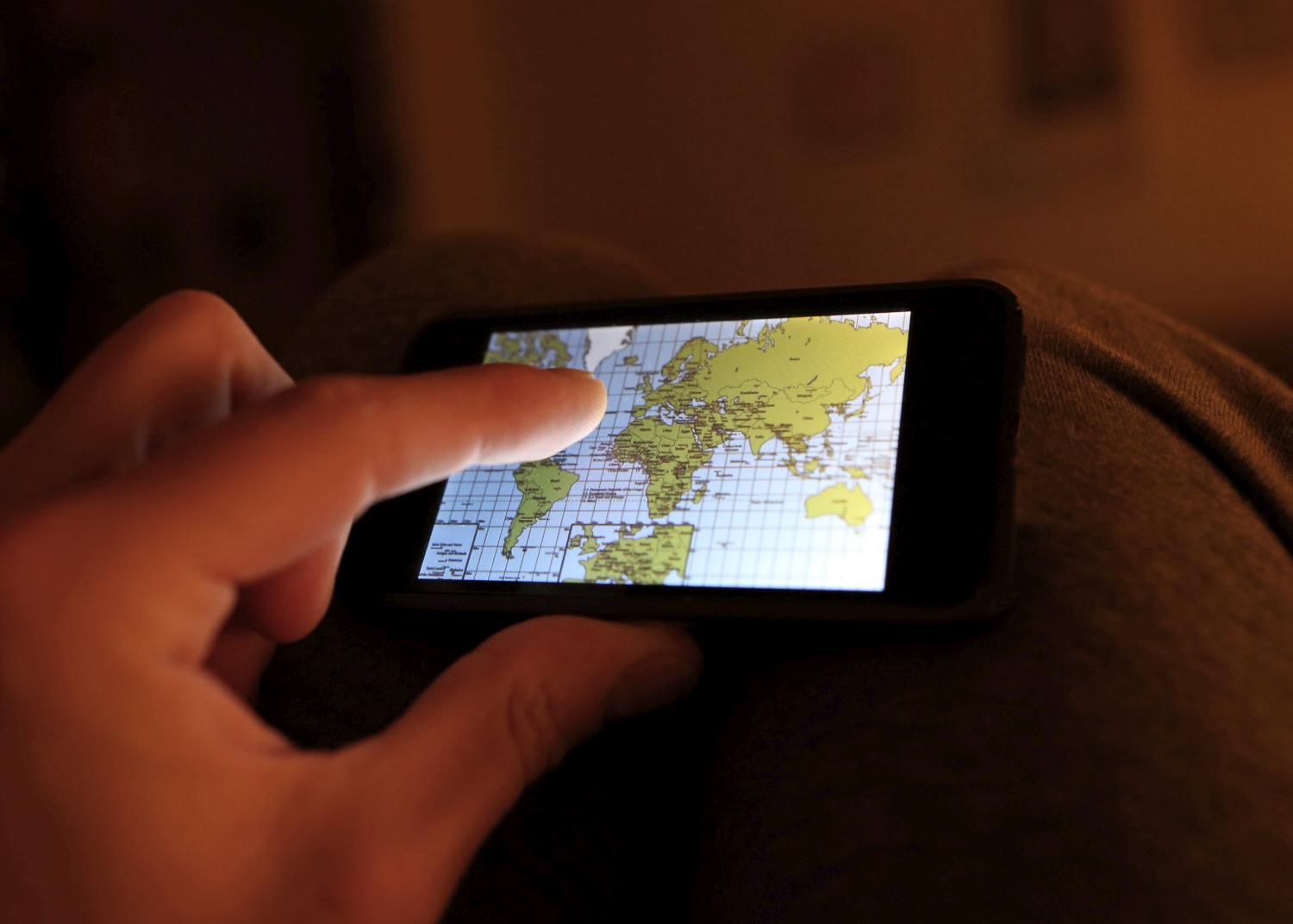
A worldview is the way someone thinks about the world. Everyone has a worldview, whether they know it or not. This word came up often during many of my sociology and psychology classes, and it came up even more often as I was studying behavioral science.
When we talk about worldviews, we often talk about religious ones, political ones, scientific ones or philosophical ones. As I began studying consumers when I joined Creative Strategies in 2000, however, I started applying this thinking to technology. I started exploring how different segments of consumers may have shaped or were in the process of shaping technological worldviews.
I shared on my blog how my upbringing shaped my technological worldview. My worldview is that of an early adopter. My wife, on the other hand, is a textbook late adopter. I approach technology emotionally, whereas she approaches technology pragmatically. I have to have the latest and greatest gadgets, and she will use her smartphone until it is no longer usable. Even then, she will loathe the fact that it didn’t last longer. Our personalities, exposure to certain types of technology, environments and more all contributed to each of our technological worldviews.
It can get complex when you start to peel back the onion of how and why a particular consumer’s technological worldview was formed. However, it is extremely helpful when trying to understand consumers and how they may think about technology products. It is also very helpful in my line of work as I try to understand adoption cycles.
As of late, I have stumbled onto something interesting that’s related to technological worldviews. I have started to gain insight into how consumers in mature markets like the U.S. and Western Europe and how consumers in emerging markets like China, India, Africa, and others have come to shape very different sets of technological worldviews.
For example, here in the West, most of our entry points to computing and the Internet have been desktop or notebook PCs. This is the foundation for a Western technological worldview. Taking this point even deeper, your preference of operating system — Windows or OS X, for example — could also play a role in your worldview. The main point, however, is that this particular technological worldview’s foundation was set with a personal computer of some type. This is why so many in the West have a hard time grasping the idea that a PC is a legacy computer, and things like tablets, phablets, and smartphones are becoming more central computing devices.
In contrast, for consumers in many emerging markets, the entry point to computing and the Internet is a smartphone. This shapes their technological worldviews in very different ways than it does Western consumers. This is the one major issue I see standing in the way of the chat apps that are popular in emerging markets attempting to penetrate more developed markets. These applications like WeChat, LINE, and WhatsApp were born out of very different circumstances, targeting groups with very different technological worldviews. This is not to say that they can’t be successful in Western markets, but it hints that the value propositions of these apps may need to be something other than the fact that they’re appealing to consumers in emerging markets.
Similarly to consumers in emerging markets, we now have generations of consumers who are extremely comfortable with technology and know nothing but being constantly connected via mobile devices. My kids, for example, have no frame of reference of a world where they can’t use a smart device for real-time communication, information and entertainment. This will shape their technological worldviews, opening doors for new challenges and new opportunities.
Understanding different technological worldviews and how they can be applied to classes of consumers in every market can help us understand the many nuances that make up the global markets for personal technology devices — and the consumers who will buy them.
Bajarin is a principal at Creative Strategies Inc., a technology-industry-analysis and market-intelligence firm in Silicon Valley. He contributes to the Big Picture opinion column that appears here every week
More Must-Reads from TIME
- Cybersecurity Experts Are Sounding the Alarm on DOGE
- Meet the 2025 Women of the Year
- The Harsh Truth About Disability Inclusion
- Why Do More Young Adults Have Cancer?
- Colman Domingo Leads With Radical Love
- How to Get Better at Doing Things Alone
- Michelle Zauner Stares Down the Darkness
Contact us at letters@time.com